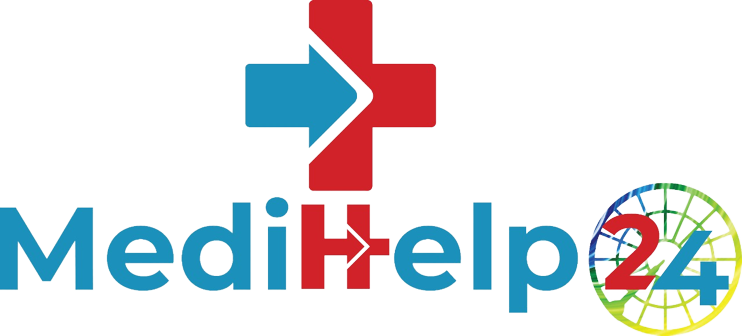
Ivacure Tablet
Tablet
Eskayef Pharmaceuticals Ltd.Generic:
IvermectinWeight:
6 mgbest Price:
৳ 10.00Generic
Ivermectin
Indications
Strongyloidiasis of the intestinal tract: Ivermectin is indicated for the treatment of intestinal (i.e., nondisseminated) strongyloidiasis due to the nematode parasite Strongyloides stercoralis. This indication is based on clinical studies of both comparative and open-label designs ... Read moreStrongyloidiasis of the intestinal tract: Ivermectin is indicated for the treatment of intestinal (i.e., nondisseminated) strongyloidiasis due to the nematode parasite Strongyloides stercoralis. This indication is based on clinical studies of both comparative and open-label designs, in which 64-100% of infected patients were cured following a single 200-mcg/kg dose of ivermectin. Onchocerciasis: Ivermectin is indicated for the treatment of onchocerciasis due to the nematode parasite Onchocerca volvulus. This indication is based on randomized, double-blind, placebo-controlled and comparative studies conducted in 1427 patients in onchocerciasis-endemic areas of West Africa. The comparative studies used diethylcarbamazine citrate (DEC-C).
Contraindications
Body as a whole: asthenia/fatigue (0.9%), abdominal pain (0.9%) Gastrointestinal: anorexia (0.9%), constipation (0.9%), diarrhea (1.8%), nausea (1.8%), vomiting (0.9%) Nervous System/Psychiatric: dizziness (2.8%), somnolence (0.9%), vertigo (0.9%), tremor (0.9%) Skin: pruritus (2.8%), rash (0.9%), and urticaria (0.9%).
Side Effects
Pregnancy Category C. Ivermectin does not appear to be selectively fetotoxic to the developing fetus. There are, however, no adequate and well-controlled studies in pregnant women. Ivermectin should not be used during pregnancy since safety in pregnancy has not been established. Nursing Mothers: Ivermectin is excreted in human milk in low concentrations. Treatment of mothers who intend to breast feed should only be undertaken when the risk of delayed treatment to the mother outweighs the possible risk to the newborn
Pregnancy And Lactation
Historical data have shown that microfilaricidal drugs, such as diethylcarbamazine citrate (DEC-C), might cause cutaneous and/or systemic reactions of varying severity (the Mazzotti reaction) and ophthalmological reactions in patients with onchocerciasis. These reactions are probably due to allergic and inflammatory responses to the death of microfilariae. Patients treated with Ivermectin for onchocerciasis may experience these reactions in addition to clinical adverse reactions possibly, probably, or definitely related to the drug itself. The treatment of severe Mazzotti reactions has not been subjected to controlled clinical trials. Oral hydration, recumbency, intravenous normal saline, and/or parenteral corticosteroids have been used to treat postural hypotension. Antihistamines and/or aspirin have been used for most mild to moderate cases. After treatment with microfilaricidal drugs, patients with hyperreactive onchodermatitis (sowda) may be more likely than others to experience severe adverse reactions, especially edema and aggravation of onchodermatitis. Rarely, patients with onchocerciasis who are also heavily infected with Loa loa may develop a serious or even fatal encephalopathy either spontaneously or following treatment with an effective microfilaricide. In these patients, the following adverse experiences have also been reported: back pain, conjunctival hemorrhage, dyspnea, urinary and/or fecal incontinence, difficulty in standing/walking, mental status changes, confusion, lethargy, stupor, or coma.
Therapeutic
Pediatric Use: Safety and effectiveness in pediatric patients weighing less than 15 kg have not been established. Geriatric Use: Clinical studies of Ivermectin did not include sufficient numbers of subjects aged 65 and over to determine whether they respond differently from younger subjects.
Storage Conditions
Anthelmintic

